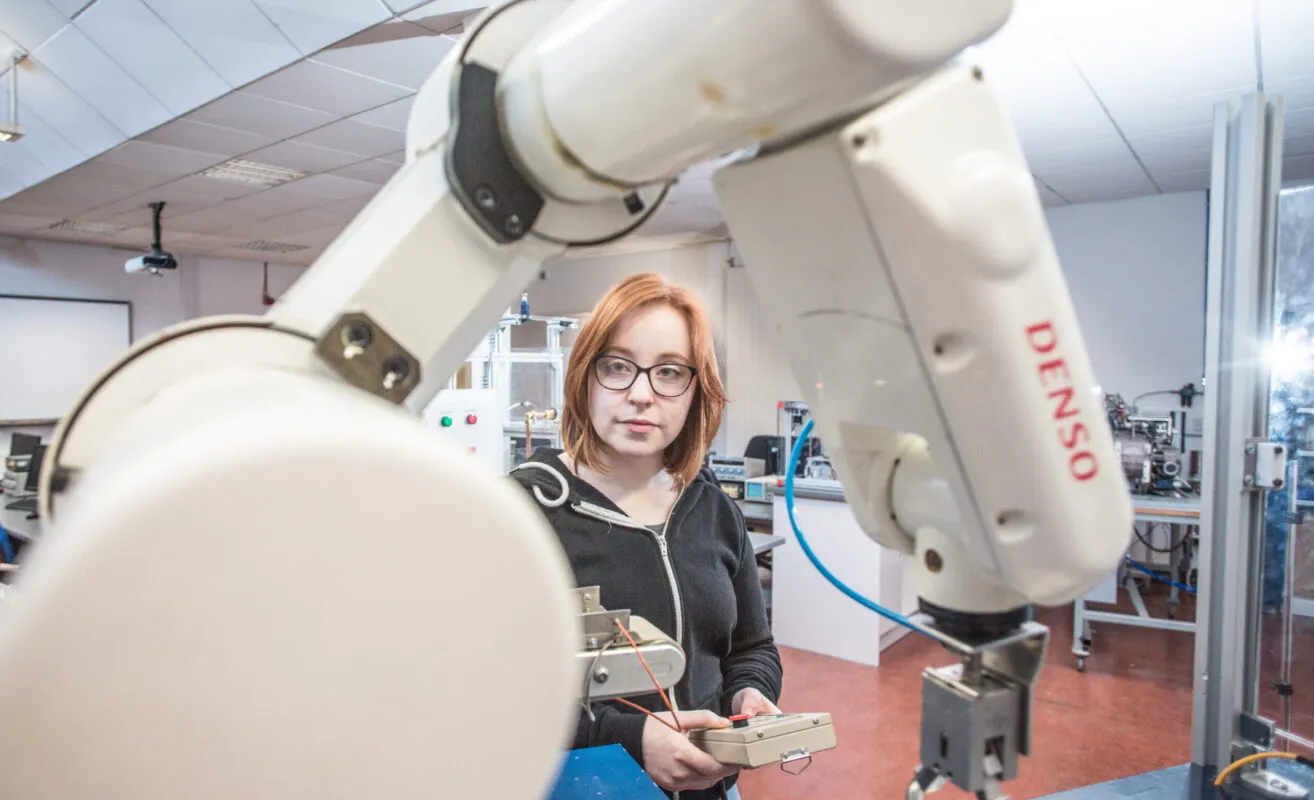Entry Requirements
Find out about the Minimum Entry Requirements & Assessment of Mature Student Applicants.
Application Process
Please see www.apprenticeship.ie for more information on how to become an apprentice.
To become an apprentice in Ireland, you must be hired by an employer. Apprenticeship employers are formally approved by SOLAS in advance of employing apprentices. Apprentices get a formal contract of employment as part of their apprenticeship. To find an apprenticeship, you can search apprenticeship vacancies at apprenticeship.ie/career-seekers/jobs. Here, you can search for vacancies by location and by apprenticeship type. Your local Education and Training Board may hold details of employers seeking to employ an apprentice.


